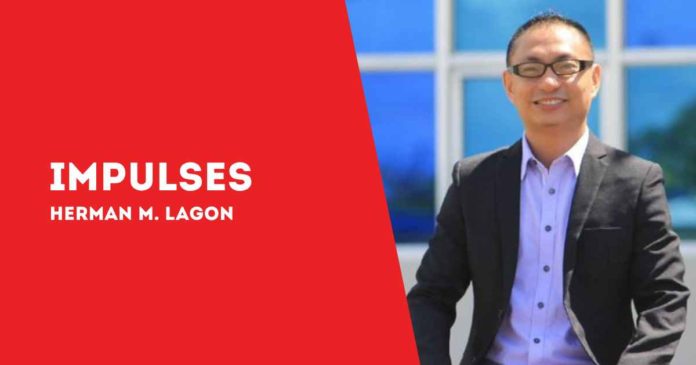
BY HERMAN M. LAGON
I HAD A thought-provoking exercise with my Physics students over a decade ago: debating the best energy source for the Philippines by 2050.
The discourse was rich and explosive, encompassing various perspectives and highlighting the complexity of our energy choices. Central to this discussion was considering nuclear power as a primary energy source, juxtaposed against the potential of renewable energy as a sustainable future path.
Recent actions by the Philippine government, including entering into agreements with American companies for nuclear power development, have thrust this issue into national discourse. Although nuclear energy presents advantages such as reduced greenhouse gas emissions and higher power yield than fossil fuels, it also brings significant challenges and risks. This is particularly relevant for a disaster-prone country like ours, where the potential for natural calamities adds complexity to its adoption.
The historical context of nuclear energy in the Philippines is marked by controversies and setbacks, notably the Bataan Nuclear Power Plant (BNPP). This project, shrouded in corruption and safety concerns allegations, was never operationalized and remains a symbol of a problematic past. The BNPP is a cautionary tale about the risks and costs associated with nuclear power, particularly in a seismically active region like ours.
However, advancements in nuclear technology, such as small modular reactors, offer the potential for safer and more adaptable solutions. These developments warrant re-examining nuclear energy’s role in our energy portfolio. However, any nuclear initiative in the Philippines must be approached with the utmost caution, rigorous safety standards, and public transparency to avoid repeating past mistakes.
The January 2024 power outage in Western Visayas underscored the vulnerability of our current power infrastructure. It revealed the pressing need for a comprehensive and resilient energy strategy incorporating both traditional and innovative sources. As we ponder the future of nuclear energy in the Philippines, we must also acknowledge the significant potential of renewable sources such as solar, wind, geothermal, and hydropower.
These renewable sources are not only cleaner but are becoming increasingly cost-effective. They represent a path towards energy self-sufficiency and resilience, a crucial aspect for an archipelago facing the brunt of climate change. The Philippines’ commitment under the Paris Agreement to reduce greenhouse gas emissions is another compelling reason to prioritize renewable energy development.
Yet, the transition to a predominantly renewable energy system is not without its challenges. The current reliance on coal and the necessary shift towards a more flexible and responsive power grid highlights the complexity of this transition. Despite its potential, regulatory and infrastructural hurdles have hampered the renewable energy sector.
Looking ahead, the Philippines stands at a crossroads in defining its energy future. As we navigate this path, we must balance the urgency of addressing immediate power needs with the long-term vision of a sustainable and resilient energy system. The debate is not just about choosing between nuclear and renewable sources but about strategically integrating a mix of energy sources that align with our national interests, environmental responsibilities, and economic aspirations.
The recent despicable power outage in the region is a wake-up call for a thoughtful and inclusive approach to energy planning. As we consider nuclear energy’s role in our energy mix, we must also accelerate the development of renewable sources. We must thoroughly understand the country’s unique challenges and opportunities in defining our energy future. Our strategic approach should balance environmental protection with economic growth, addressing immediate needs while enhancing every Filipino’s well-being and quality of life, thus ensuring a sustainable and thriving future for our nation.
***
Doc H fondly describes himself as a ‘student of and for life’ who, like many others, aspires to a life-giving and why-driven world that is grounded in social justice and the pursuit of happiness. His views herewith do not necessarily reflect those of the institutions he is employed or connected with./PN



